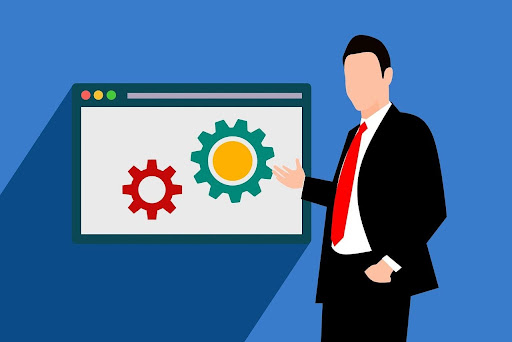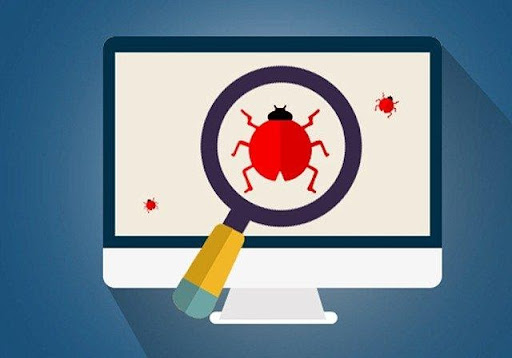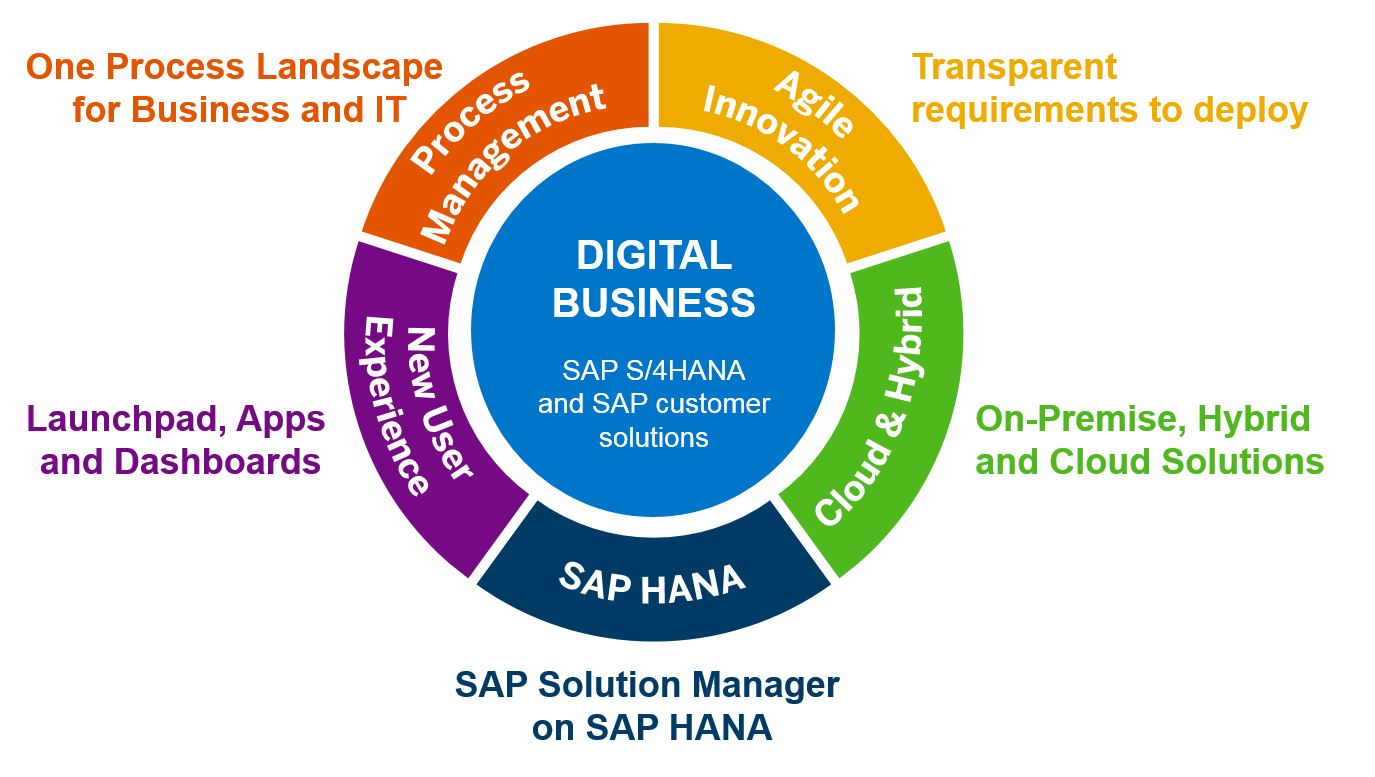Software Performance Testing: Process Stages and Best Practices

The experiences of users with the custom software are harmed by software performance flaws, resulting in a loss of consumers and income and limiting the ability of a software development company to scale. I advocate integrating performance testing in the testing scope and conducting appropriate forms of performance testing early in the development phase to ensure your product successfully handles predicted traffic volumes and remains stable during user activity surges.
In this article, Hanna Shnaider, the head of marketing at FortySeven would go through some of the critical steps of the custom software performance testing process. She would also go through some of the best practices used by FortySeven IT when performing performance testing for our clients like custom software development firms.
What is Performance Testing?
Performance testing is non-functional testing that entails testing software or an application to determine its current system performance. It evaluates the responsiveness and stability of your present system under various workload scenarios. The system is effectively tested under various load and network situations, and the time it takes for the system to respond to these loads is meticulously monitored.
This testing method essentially defines the system’s speed of operation, and it includes both quantitative tests performed in a lab and tests conducted in a production-like environment. With Agile and DevOps approaches on the rise, this testing procedure is more important than ever.
The 5 Software Performance Testing Process Stages
Identifying testing goals and selecting appropriate testing methods
Load testing is an excellent way to assess how software behaves under normal conditions and the expected traffic. Stress testing is an excellent way to see how well an application performs when the traffic load is significantly higher than predicted. Scalability testing should be included in the testing scope to determine the ability of an application to scale as more traffic is applied to it. Stability testing is also used to determine whether software stays stable over time, including 24/7 operations.
Elaborating and confirming user scenarios
Next, performance test engineers or a custom software developer create specific user scenarios for important user roles in the following stage. They should work with BAs, the product owner, and other project stakeholders to identify the most relevant user roles for performance testing and rely on them to mimic user activities. For example, when we were testing the performance of an eCommerce solution for one of our customers, we identified user roles such as guest, logged-in, and repeat customers, and create scenarios such as logging in or signing up for an account, reviewing previous orders, searching for items in a product catalog, viewing product page details, adding a product to the cart, and so on.
Designing performance tests
Then, performance test engineers should construct load profiles and write performance test scripts for an application to assess the required performance metrics. A custom software agency would propose focusing on evaluating the following performance KPIs for a well-rounded perspective of the performance of an application:
The maximum number of people who can use the software simultaneously.
- Response time is when a user receives the first byte of data until the last byte is received.
- Hits per second – requests are received by the target server’s rate.
- Throughput – the average per second bandwidth consumption of a test.
- Percentage of errors per second.
- Latency is the time it takes for a request to be made to the server and a response to be received.
Setting up an environment for performance testing
You may run performance tests to make the right choice in a test or a production environment. I recommend weighing the costs of setting up a test environment against downtime’s potential impact and expense on a custom software development and mobile app development or custom software development company’s operations and customers. Nonetheless, custom software development companies prefer performing performance tests in a test environment rather than in production because testing in production might lead to problems like:
- Real-world application users will experience slower response times and problems.
- An application may become unresponsive.
- If many database records are generated during testing, the database response time may be impacted even after the testing is completed.
Keeping the test environment isolated is also crucial since actual user activity may influence the accuracy of test results and make it hard to identify the root causes of performance issues.
Carrying out performance testing and assessing the findings
Test engineers or a custom software developer carry out the tests in a specific environment. If you decide to undertake performance testing in production, ensure that the tests are run during off-peak hours when real user traffic is low. After the testing is completed, plan performance enhancements based on the identified performance KPIs.
Best Practices for Ensured Test Results Reliability
- The test environment should closely resemble the production environment, with the same number of database records as in production. Consider using a cloud-based test environment to save money and effort when setting up the test environment. This will allow development companies to save money on infrastructure because your software development company will only pay for its time to use the resources.
- Adequate network bandwidth should be available because inadequate bandwidth can cause timeout issues in user requests, affecting the accuracy of test findings.
- The proxy server should be removed from the network path, as a proxy will provide the client with data from the cache, causing the client to stop sending requests to the server.
Conclusion
For eCommerce software development companies, for example, stable software performance is vital to a great user experience. As a result, it is critical to ensure that your application performs consistently under planned and peak loads, as well as providing scalability options and the performance of the testing team at FortySeven is always available to assist with this work; submit a request. At any stage of development, the FortySeven software professionals are available to assist you in measuring the performance of your product.






